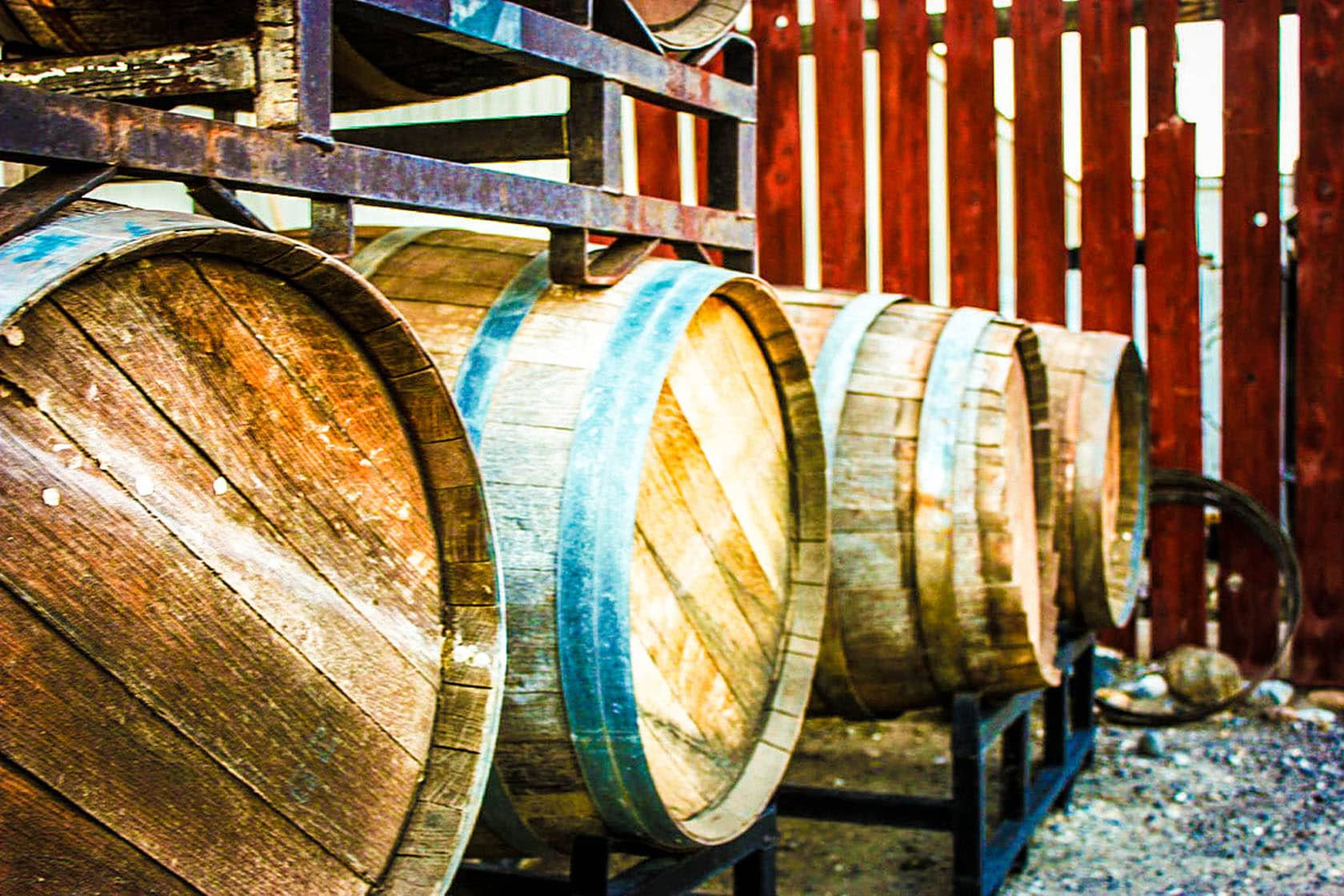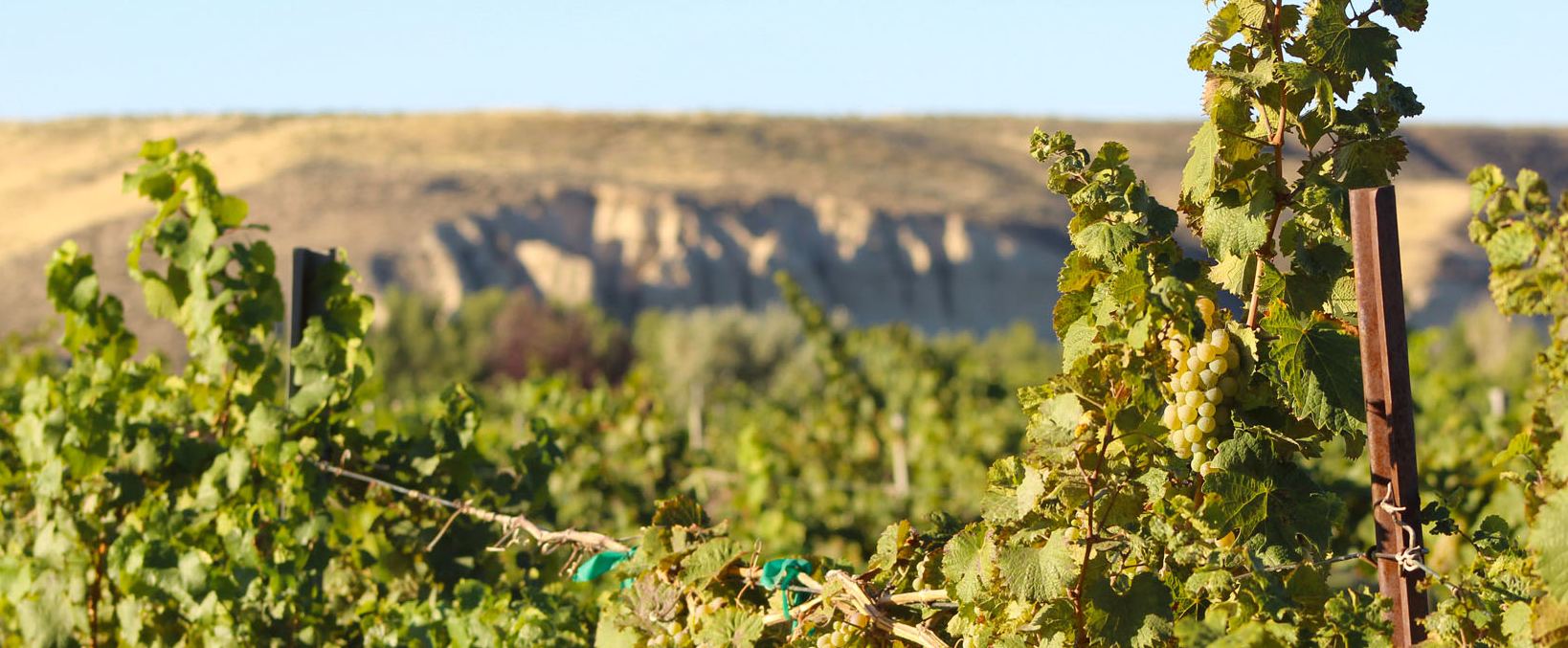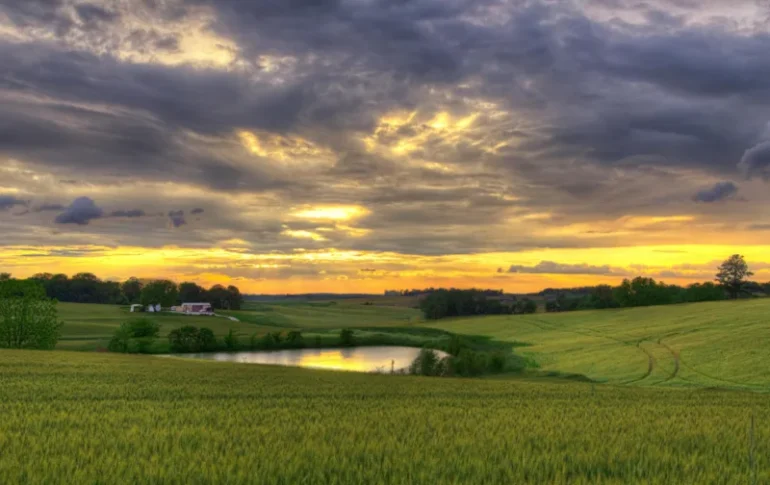Revival of Idaho’s Wine Country
An article by Dave Halgerson, Fay Ranches Broker
Although Idaho’s wine production roots have been forgotten by most, they run historically deep. The recent recognition for the Snake River Valley’s prominence as an ideal area to grow wine grapes may seem new, but the favorable climate and elevation that is conducive to the creation of a variety of captivating red, white and rose wines pleasing to selective consumers is not a new discovery. During the 1860s, the city of Lewiston was home to some of the first Pacific Norwest’s wine grapes. Like other areas in America, Prohibition stemmed Idaho’s wine industry. It took more than 100 years for Idaho’s wineries to begin their rebirth.
Idaho has two main wine-growing regions with three designated Agricultural Viticulture Areas (AVA), each offering their own unique geographical attributes. The South Western Region includes both the Treasure Valley and the Boise urban areas. Inside this region, the Snake River Valley AVA, west of Boise is the largest AVA in acreage and number of wineries it contains. It is also Idaho’s first AVA, approved in 2007. The Eagle Foothills AVA is a sub-AVA located within the Snake River Valley and approved in 2015.
Wine grapes thrive in the Treasure Valley’s four-season climate of the South Western Region. Cold winters allow the grapevines to lie dormant under the restful snow. The main production benefits of Idaho winters being the conservation of important carbohydrates for upcoming growing seasons, riddance of bugs and discouraging disease in the vines. In oppositional balance, the summer days’ sunshine nurtures sugars, while the cold nights maintain the grape’s acids. The sugar and acids cannot be achieved in a more perfect ratio. The Treasure Valley’s dry climate allows the grower to control water through irrigation, inhibiting mold and rot. Millions of years ago, Ancient Lake Idaho mixed volcanic ash with sandy loam and granite pebbles to deposit nutrients that benefit today’s grape crops. Boise is the epicenter of the urban area, offering wineries and tasting room experiences.
The Northern region of Idaho provides low elevations to ripen a wide variety of wine grapes. The Lewis-Clark Valley AVA is Idaho’s newest AVA, approved in 2016 and is located in this region, nestled inside the valleys shadowed by the Bitterroot Mountains. Its temperate climate creates a longer growing season for wine grapes, while the steep v-shaped valleys create ideal air drainage. The soil is rich silt with nutrients in these valleys that produce abundant yields.
Idaho’s landscape has several characteristics that have been identified in Gladstone’s 1992 worldwide study as belonging to ideal growing conditions for wine grapes. These include slopes with excellent air drainage that are situated above fog level in a thermal zone with direct sunlight during some part of the day and close to substantial rivers or lakes. Additionally, Idaho’s latitude is identical to productive wine grape growing areas in other parts of the world.
Idaho’s ideal growing attributes combined with the recent influx in population and profitability have contributed to make wine grapes Idaho’s fastest-growing agricultural industry, while the established culture promises a continued intimacy between the grower and consumer. There are currently 52 wineries in Idaho, with 1,300 acres contributed to growing wine grapes and producing 372,601 gallons of wine. The revival of Idaho‘s wine industry proves worthy of the attention it is receiving, promising a successful future built upon a solid foundation laid many years ago.







